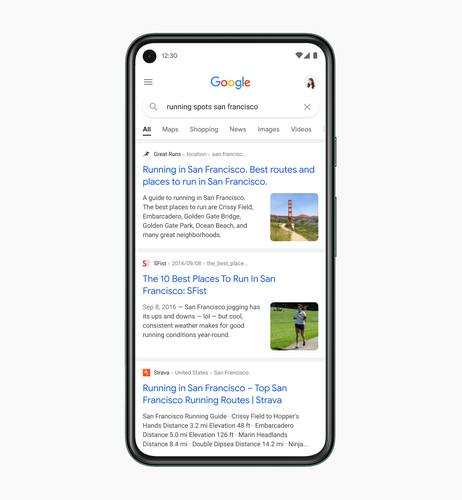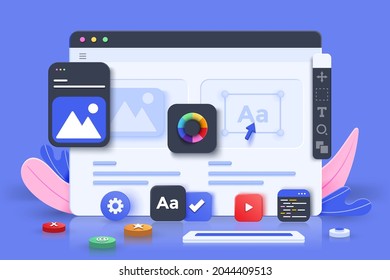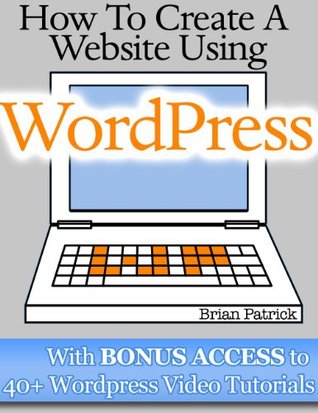
CSS layouts can be used by web designers for controlling the look of a webpage. There are various methods that designers can use to control the layout of a web page, including CSS Flexible Box Layout and Positioning div tags. You can learn CSS layouts to design your next website layout. These techniques will help you create the best website possible, whether you're just starting out or have been designing pages for some time.
Positioning div tags
CSS layouts allow you to control the position of div tags by adding the property z-index to them. The z-index value determines how high the element should be above other elements on the page. The higher the value the closer the div to the top will be. Also, the z index should be higher than the div. You can also add a different value to z-index to position an element.

Floating an item
The concept of floating an element in CSS layouts is somewhat confusing. Although it is useful in creating a specific layout, it is outdated. Floats are used for setting images and text within a page to ensure that the content wraps around. However, there are other purposes for floats. Below, we'll look at some of these common uses. These include: showing image thumbnails within a gallery, allowing text wrap around an image and many other uses.
Property column-gap
The column-gap property of CSS layouts allows you to change the spacing between items. The property was originally meant for multi-column layouts. However it has now been expanded to grid and flexibility containers. As a result, the gap property has gained some popularity. Although it's simple to use it does require some CSS knowledge. Here are some things to know about it.
Floating an item to the right
For any HTML element, it is possible to move an element to one side in a CSS layout. You can place text around an element, wrap it around another element or create a CSS div float to its right. The float property is a CSS style property that defines the right value. It also tells a browser what type selector it is and where it is located in the flow.
Floating an element to the left
By using the float property, you can move an element to the left within CSS layouts. Its value is left, and it tells the browser two things: it should wrap around the image and text in the paragraph, and it should not occupy any space in the flow of the document. To specify the position of any HTML element, you can use its float property.

Margin collapse
CSS lets you collapse the margins on your elements. This is useful if your goal is to make certain pages more compact. The collapsed borders are only applicable for adjacent elements or nested items. If a parent element has a margin of 0% and a descendant element has a margin of 0%, the bottom margin for the descendant element will be higher than the parent's.
FAQ
What is responsive web design?
Responsive Web Design, also known as RWD, is a way of designing websites so that content displays on all devices. This includes desktop computers, tablets (tablets), smartphones, etc. This allows users access all features of a website, including navigation menus, buttons and buttons, on one device. The goal of RWD is to ensure that when a user views a site on any screen size, they view the exact version of the site.
A website that sells primarily through eCommerce would be an example of this. You want your customers to be able to purchase products from your store, even if they are viewing it on a phone.
A responsive website will adapt its layout to suit the device it is being viewed on. A website that is viewed on your laptop will display the same way as a desktop website. It will be different if the page is viewed from your phone.
This allows you create a website that looks great on any device.
How do I choose a Domain Name?
It is crucial to choose a great domain name. People won't know where to go if they don't have a good domain name.
Domain names need to be short and simple to remember, relevant for your brand, and unique. You want it to be something people will type into their browser.
Here are some tips to help you choose the right domain name.
* Use keywords related to your niche.
* Avoid hyphens (-), numbers, and symbols.
* Don't use.net or.org domains.
* Avoid using words that are already taken.
* Avoid using generic terms like "domain"/website.
* Check it's always available.
Where can I locate freelance web developers
Freelance web designers and developers are available in many locations. Here are some of our top choices:
Freelance websites
These sites have job listings that are open to freelance professionals. Some require you to do specific work, while others are open to all types of work.
Elance is a great place to find graphic designers, programmers and translators.
oDesk has similar features, but they focus on software development. They offer jobs in PHP, Perl, Java, C++, Python, JavaScript, Ruby, iOS, Android, and.NET developers.
Another great option is oWOW. Their site is focused on web designers and graphic artists. They offer writing, video editing and programming as well as SEO, social media marketing, website design, and many other services.
Online forums
Many forums allow members of the community to post jobs or advertise their services. DeviantArt is an example of a forum that's dedicated to web developers. If you search "web developer" in the search bar, you will see a list of threads where people are looking for someone to help them with their websites.
Statistics
- The average website user will read about 20% of the text on any given page, so it's crucial to entice them with an appropriate vibe. (websitebuilderexpert.com)
- Did you know videos can boost organic search traffic to your website by 157%? (wix.com)
- At this point, it's important to note that just because a web trend is current, it doesn't mean it's necessarily right for you.48% of people cite design as the most important factor of a website, (websitebuilderexpert.com)
- Is your web design optimized for mobile? Over 50% of internet users browse websites using a mobile device. (wix.com)
- It's estimated that chatbots could reduce this by 30%. Gone are the days when chatbots were mere gimmicks – now, they're becoming ever more essential to customer-facing services. (websitebuilderexpert.com)
External Links
How To
How to use WordPress for Web Design
WordPress is a free software application used to build websites or blogs. You will find many features such as easy installation and powerful theme options. You can customize this website builder to suit your needs. You can choose from hundreds of themes or plugins to make your site unique. You can also add your domain to the site. All of these tools make it easy to manage your website's appearance and functionality.
WordPress can help you create stunning sites even without knowing how to code HTML. Even if you don't have any coding knowledge, you can set up a professional website in minutes. This tutorial will teach you how install WordPress on your computer. Then, we'll go through the steps necessary to put your blog online. We will explain everything so that you can easily follow along at your own pace.
WordPress.com is the most widely used Content Management System (CMS) and currently has 25 million users around the world. Two versions of WordPress are available. You can either get a license from them at $29/month or you can download the source code for free.
WordPress is a popular blogging platform. There are many reasons for this. For one thing, it is very simple to use, and anyone who can write a little bit of HTML can create a great-looking site. Its flexibility is another benefit. WordPress.org provides many themes free of charge. You can easily change the look and feeling of your site without spending a dime. Finally, it's highly customizable. Many developers offer premium add-ons that allow you to automatically update posts when someone comments on them or integrate social media sharing into your site.